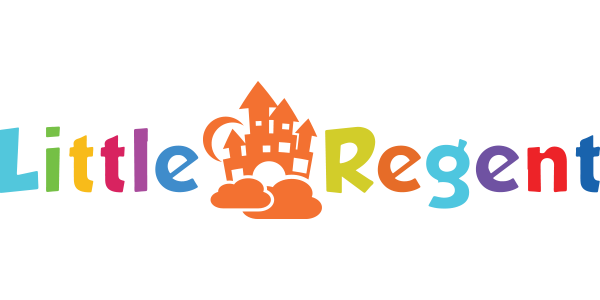Choosing a nursery or a preschool for your child, means being particular and asking a lot of questions. Start your search at least several months before you want your child to start: In some areas, families need to get on wait lists years ahead of time to get a spot at a top preschool.
As you search, use the following list as a guide. A good preschool should have:
A good reputation
A good preschool should have a welcoming, friendly atmosphere and be known for its nurturing environment and stimulating curriculum. Ask the school for the names and numbers of current parents you could call for a reference, or stop by during afternoon pickup time and approach other parents.
Of course, try not to form a definite opinion about a school until you see it for yourself – disgruntled parents may simply have had a negative experience with the school or a personality conflict with the preschool director. Trust your own first impressions here. Observe the children carefully when you visit: If they don’t seem happy to be there, that’s probably a signal to look elsewhere.
Bottom line: If you don’t hear many good things about a certain school, or if it doesn’t feel right when you visit, keep looking.
Established ground rules
It’s important for a preschool to be flexible – letting you pick up and drop off your child at different times, for instance – but it should also have clearly established regulations for everything from operating hours to how to handle emergencies. That way you know the staff takes its responsibility – your child – seriously.
Along the same lines, look for a school with a strict sick-child policy. Find out which illnesses mean your child has to stay home and for how long.
A tough policy may inconvenience you if your child is ill, but keeping sick children (and staff) away from each other makes sense. A good preschool helps cut down on illness by requiring all children and employees to have current immunizations and get regular checkups.
A preschool that doesn’t have an open-door policy could have something to hide. Keep looking. A great preschool will go beyond merely letting you in: It will invite you to become part of the community by encouraging you to help out with activities, go along on field trips, and so on.
Bottom line: If a preschool is poorly organized and has lax or nonexistent rules, it’s not likely to be right for you.
A stimulating curriculum
The best preschools have daily schedules that include plenty of time for physical activity, quiet time (including regular story time), group programs, socializing, crafts, individual activities, meals, snacks, and free time. TV and videos should not play a big part in your child’s day.
A well-designed curriculum stimulates your child’s development and makes daily life more fun. At this age, children can begin learning things like how letters and numbers are used in an everyday context. (Think: counting toys and cutting out pictures of things that start with the different letters of the alphabet).
But don’t evaluate a school based solely on how many numbers and letters your child is learning – preschoolers aren’t ready for a rigorous academic program.
The curriculum should change over time, giving your child the chance to try something new. It should also be adjusted to match each child’s abilities and skill levels. Some preschools (such as Montessori) have specific educational philosophies, but overall, look for a program that encourages independence and inspires your child’s individuality and creativity.
Look for a school with a wide range of age-appropriate toys to encourage your child’s development and, as she gets older, stimulate creative, imaginative play.
If you have to supply your child’s food at school, find out the school’s guidelines. Some may require you to pack only nutritious foods. That’s okay – preschools that don’t restrict candy or other sweets may not have your child’s best interests at heart.
If the school provides food, find out what is served for meals and snacks. Are healthy eating habits encouraged? Are all food groups covered? If not, keep looking.
Bottom line: If your child won’t get a wide range of age-appropriate activities, move on.
A qualified, caring staff
A trained, qualified staff is one advantage preschools and daycare centers have over nannies and home daycare providers, who often have no specialized education. Preschool teachers should have at least two years of college and a background in early childhood development (though many states don’t require this) as well as CPR and other emergency training.
When you’re at the school, observe how staff members interact with the children. Teachers should be responsible, enthusiastic, and well prepared. Look for a preschool with a staff that shares your philosophy about sleep, discipline, feeding, and other issues.
Good teachers will ask detailed questions about your child to help determine whether their preschool is a good match for you.
Make sure the preschool has a staff large enough to give your child the attention and care he needs, so ask what each school’s teacher-child ratio is and decide whether it’s okay with you. A good preschool will maintain small groups of children, no matter how many teachers they have, to encourage interaction and development.
Look for a preschool with staff members who are happy with their job. Preschools that compensate their staff well are more likely to have teachers who stick around. Low turnover is key to ensuring consistent, stable care for your child.
Bottom line: If staff members don’t have enough experience, don’t stick around long, or seem overwhelmed, the school isn’t for you.
Clean, safe facilities
A good preschool is clean and safe. It has to be to meet licensing requirements in most states.
Nevertheless, make sure the floors, walls, and kitchen area are clean. Also check that food preparation areas are far away from the bathrooms, trash cans aren’t overflowing, and the building is adequately heated, lit, and ventilated.
Make sure the preschool follows the basic rules of safety, too. Strangers shouldn’t be able to just walk in off the street – and children shouldn’t be able to wander out.
Toys and play equipment should be in good condition and upstairs windows (if any) should have stops or bars. Medication and all other hazardous substances should be stored out of reach, and the outdoor play area should be level and secure.
Working smoke detectors should be in place, radiators and heaters should be covered or otherwise protected, and a first-aid kit and fire extinguisher should be close at hand.
Look for a school with an outdoor play area. Children should have the chance to play outside every day – running, jumping, and skipping are good for them physically, mentally, and socially. If you live in a city, it can be difficult for even the best preschools to have enough space for a safe outdoor play yard. Make sure the preschool you choose has the next best thing – a spacious indoor area.
Preschools should have at least 35 square feet of indoor space and 75 square feet of outside space per child.
Bottom line: Spot a safety hazard? Unsanitary conditions? Keep looking.
A current license
Ask to see a preschool’s license and credentials, then call your local social services department to double check that it’s current. To be licensed, preschools must meet state licensing regulations for health and safety. And because they’re usually classified as daycares rather than educational institutions, preschools have to meet the same licensing requirements as other childcare centers. Of course, a license isn’t a guarantee of quality – that’s why you have to evaluate the school and the teachers for yourself.
Bottom line: A license isn’t everything, but if a preschool doesn’t have one, pass.
(Article Credits: babycenter.com)





